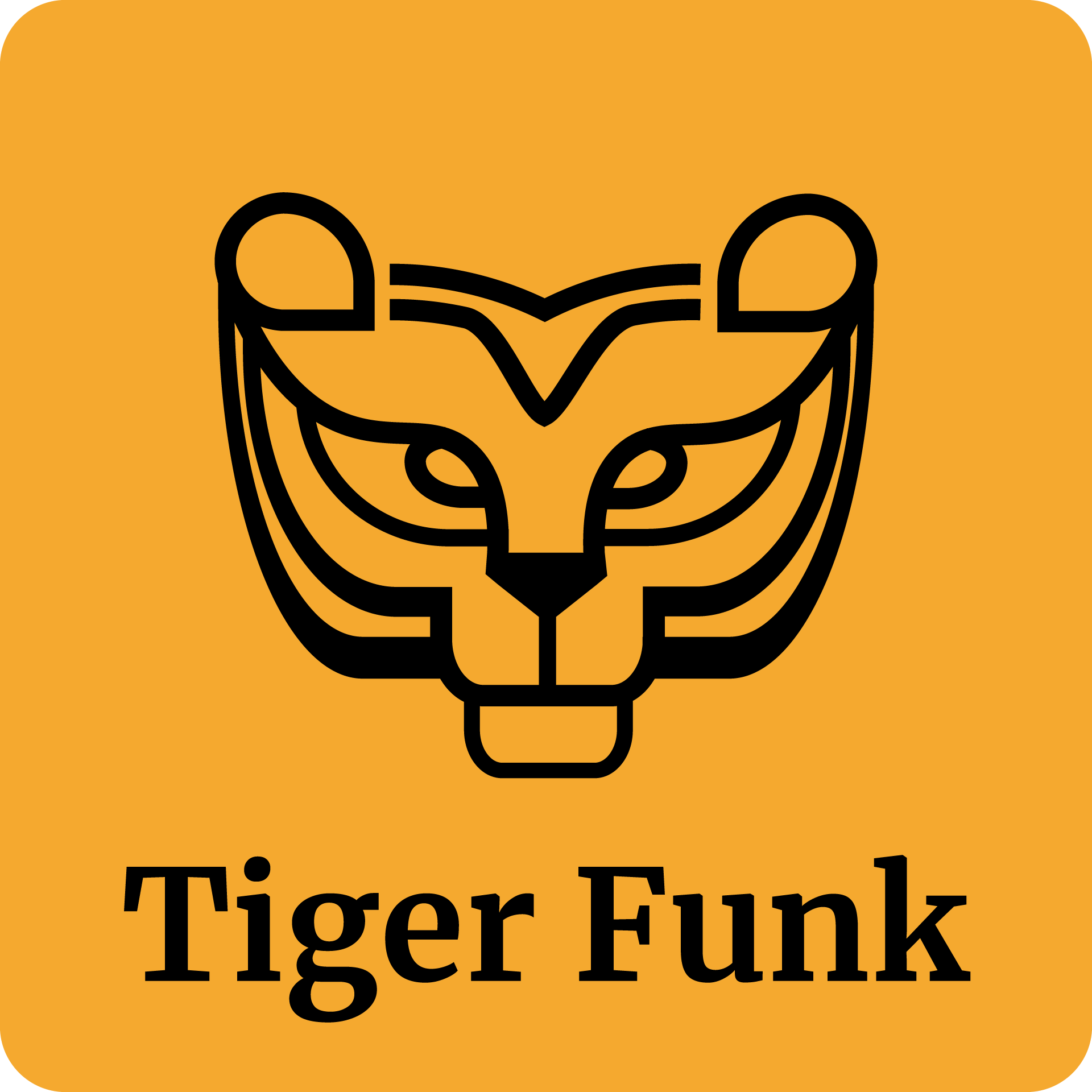Get ready to groove to the infectious beats of funk music, a genre that embodies the spirit of self-expression and creativity. As a beginner, mastering the art of funk music dance styles requires a deep understanding of its rich history, unique characteristics, and essential elements. From the evolution of funk dance to its diverse styles and techniques, this comprehensive guide will walk you through the world of funk music, covering everything from its roots to its current forms. Whether you’re looking to learn new moves or simply want to appreciate the beauty of funk music, this article is designed to take you on a journey through the fascinating realm of funk dance, providing valuable insights and practical tips to help you get started.
Funk Style of Dance
The funk style of dance originated in the early 1970s, primarily among African American communities in urban areas.
It emerged as a unique blend of various dance styles, including jazz, hip-hop, and disco.
The funk movement was characterized by its energetic and dynamic movements, often performed to the infectious beats of funk music.
Key Characteristics of Funk Dance
- Isolation and Contractions: Funk dance involves isolating individual body parts, such as the arms, legs, and torso, and contracting them in rapid succession.
- Pivoting and Rotations: Funk dancers often use pivoting and rotations to create complex movements that showcase their agility and flexibility.
- Footwork Patterns: Funk footwork patterns are intricate and varied, involving quick steps, shuffles, and slides.
- Arm Movements: Arm movements in funk dance are often bold and expressive, involving sweeping motions, waves, and curls.
Sub-Styles of Funk Dance
Tutting is a sub-style of funk dance that involves using the hands and fingers to create intricate shapes and patterns on the body.
Tutting is often performed to hip-hop and R&B music.
The robot is another sub-style of funk dance that involves stiffening the body and performing repetitive movements.
The robot is often performed to disco and funk music.
Popping is a sub-style of funk dance that involves contracting and relaxing muscles to create sudden, explosive movements.
Popping is often performed to hip-hop and R&B music.
Locking is a sub-style of funk dance that involves freezing the body in place and holding a pose for a brief moment.
Locking is often performed to hip-hop and R&B music.
The Genre of Funk Dance Music
Funk dance music is a vibrant and energetic genre characterized by its strong rhythmic foundation, often featuring complex grooves and syncopated beats. Emerging in the 1960s and gaining popularity throughout the 1970s, funk dance music has evolved significantly, incorporating various influences from traditional African American music genres such as jazz, blues, and soul.
Key Characteristics of Funk Dance Music
- Rhythmic emphasis: Funk dance music places great importance on rhythm, often using syncopation and polyrhythms to create a dynamic and infectious groove.
- Groove-oriented: Repetitive “grooves” are a hallmark of funk dance music, keeping dancers moving and energized throughout the song.
- Complex harmonies: Funk dance music frequently employs extended chords and complex harmonic progressions, adding depth and complexity to the sound.
- Vocal styles: Funk dance music often features distinctive vocal styles, ranging from smooth, soulful delivery to raw, emotive expression.
Subgenres of Funk Dance Music
P-Funk developed by George Clinton and his band Parliament-Funkadelic is known for its eclectic blend of funk, rock, and psychedelia. Disco-funk is a fusion of funk and disco, characterized by its use of synthesizers and catchy hooks. Boogie is a subgenre of funk that emerged in the 1970s, characterized by its fast-paced, energetic rhythms and simple melodies.
Influences and Legacy
Funk dance music has had a profound influence on subsequent genres, including hip-hop, electronic dance music, and R&B. Artists such as James Brown, Sly and the Family Stone, and Earth, Wind & Fire have all contributed to the evolution of funk dance music, pushing the boundaries of rhythm, melody, and production techniques.

Dancing Funk
Dancing funk refers to a dynamic and energetic style of dance characterized by its fast-paced movements, intricate footwork, and fluid body isolations.
Origins and Evolution
The origins of dancing funk can be traced back to the 1960s, when various dance styles began to emerge in urban centers across the United States. These early styles, such as jazz funk and soulful movement, laid the groundwork for the development of modern funk dance. The popularity of these styles increased significantly in the 1970s, thanks in part to the iconic television show “Soul Train,” which showcased a diverse range of dancers performing various styles, including jazz funk.
Characteristics and Techniques
- Fast-paced movements: Dancing funk involves rapid-fire footwork, often incorporating complex rhythms and time signatures.
- Intricate footwork: Dancers use a variety of techniques, such as tapping, sliding, and gliding, to create intricate patterns on the floor.
- Fluid body isolations: Funk dancers emphasize the importance of isolating individual body parts, allowing for greater control and precision in their movements.
- African and Latino influences: Dancing funk draws heavily from traditional African and Latino dance styles, reflecting the cultural diversity of its practitioners.
Notable Figures and Influences
Some of the most influential dancers and choreographers associated with this style include:
Richard “Crazy Legs” Colón, a pioneer of breaking and popping, has been instrumental in shaping the aesthetic and technical aspects of dancing funk. Another notable figure is Adolfo “Shabba Doo” Quiñones, who helped bring jazz funk to a wider audience through his performances on “Soul Train.” Michael Jackson’s influence on funk dance cannot be overstated, as he incorporated elements of the style into many of his music videos and live performances.
Funk Music Dance Styles
Funk music dance styles continue to evolve and inspire new generations of dancers. By understanding its origins, characteristics, and notable figures, we can appreciate the rich cultural heritage behind this exciting and expressive art form.
Funk Styles: A Comprehensive Overview
Funk music has evolved over time, giving rise to various sub-genres and styles. As a fan of Tiger Funk, understanding the different funk styles is crucial to appreciating the rich history and cultural significance of funk, soul, and jazz fusion music.
1. P-Funk
P-Funk is a legendary style developed by George Clinton and his band Parliament-Funkadelic. Characterized by its use of synthesizers, horns, and socially conscious lyrics, P-Funk is known for its energetic beats and catchy melodies. Visit our article on the history of P-Funk to learn more about this iconic style.
2. Boogie Down Funk
Boogie Down Funk is a sub-genre that combines elements of funk, soul, and hip-hop. Emerging in the late 1970s, this style is characterized by its heavy use of basslines and percussive rhythms. Check out our article on the evolution of Boogie Down Funk to discover how this style influenced popular music.
3. Disco Funk
Disco Funk is a fusion of funk and disco, emerging in the early 1970s. This style is marked by its upbeat tempo, catchy hooks, and flashy dance moves. Read our article on the history of Disco Funk to explore its impact on popular culture.
4. Funky Soul
Funky Soul blends elements of funk and soul music. Characterized by its smooth vocals, catchy melodies, and driving rhythms, this style was popularized by artists such as Marvin Gaye and Stevie Wonder. Learn more about Funky Soul in our article on Funky Soul music.
5. Afrobeat Funk
Afrobeat Funk originates in West Africa, combining traditional Yoruba music with Western influences. Characterized by its complex polyrhythms and socially conscious lyrics, this style has been influenced by artists such as Fela Kuti and Tony Allen. Discover the history of Afrobeat Funk in our article on Afrobeat Funk music.
6. Psychedelic Funk
Psychedelic Funk emerges in the late 1960s, combining elements of funk, rock, and psychedelia. Characterized by its experimental approach to sound and visuals, this style was popularized by artists such as Sly Stone and Jimi Hendrix. Explore the world of Psychedelic Funk in our article on Psychedelic Funk music.
7. G-Funk
G-Funk is a sub-genre of funk that originated in Los Angeles in the late 1980s. Characterized by its laid-back tempo, heavy use of synthesizers, and gangsta rap lyrics, this style was popularized by artists such as Dr. Dre and Snoop Dogg. Learn more about G-Funk in our article on G-Funk music.
8. Neo-Funk
Neo-Funk is a revival of classic funk sounds, emerging in the 1990s. Characterized by its use of vintage synthesizers and drum machines, this style has been influenced by artists such as Daft Punk and Air. Discover the resurgence of Neo-Funk in our article on Neo-Funk music.
9. Acid Funk
Acid Funk is a sub-genre of electronic dance music, combining elements of funk, house, and techno. Characterized by its use of acid synths and driving beats, this style has been popularized by artists such as Phuture and Armando. Learn more about Acid Funk in our article on Acid Funk music.
10. Deep Funk
Deep Funk is a sub-genre of electronic music that combines elements of funk, jazz, and hip-hop. Emerging in the 2000s, this style is characterized by its use of deep basslines and atmospheric textures. Explore the world of Deep Funk in our article on Deep Funk music.
What are 4 Characteristics of Funk?
Funk music has been a staple of popular culture since its inception in the late 1960s. Characterized by its unique blend of rhythmic grooves, soulful melodies, and socially conscious lyrics, funk has evolved into a diverse genre with various sub-genres and styles.
1. Strong Rhythmic Groove
Funk music is known for its infectious and energetic rhythms, often featuring complex polyrhythms and syncopated beats. This distinctive groove is created through the use of instruments such as the bass guitar, drums, and percussion, which work together to create a driving force that propels the music forward. As noted by musicologist Simon Reynolds, “the funk rhythm is characterized by a strong emphasis on the second and fourth beats in each measure, creating a sense of tension and release” (Retromania: Pop Culture’s Addiction to Its Own Past). For example, James Brown’s iconic song “I Got You (I Feel Good)” showcases this type of funky rhythm.
2. Soulful Melodies and Harmonies
Funk music often incorporates soulful melodies and harmonies, which add an emotional depth to the music. These melodic elements can take many forms, including vocal improvisations, instrumental solos, and layered harmonies. According to funk historian and critic, Nelson George, “funk music is all about expressing the emotions and experiences of everyday people, often using humor, irony, and social commentary” (Nelson George). Marvin Gaye’s hit song “What’s Going On” exemplifies this type of soulful funk melody.
3. Socially Conscious Lyrics
Many funk songs address social issues such as racism, inequality, and personal empowerment. These lyrics often feature clever wordplay, satire, and storytelling, making funk music a powerful tool for social commentary. As observed by music scholar, Tricia Rose, “funk music provides a platform for marginalized voices to express themselves and challenge dominant narratives” (Black Noise: Rap Music and Black Culture in Contemporary America). Sly and the Family Stone’s song “There’s a Riot Goin’ On” is a prime example of socially conscious funk lyrics.
4. Use of Electronic and Synthesizer Instruments
Funk music has long incorporated electronic and synthesizer instruments, which have become a defining feature of the genre. These instruments allow funk musicians to create rich textures, atmospheric soundscapes, and innovative timbres that enhance the overall sonic experience. According to electronic music theorist, Mark Fisher, “synthesizers and electronic instruments have enabled funk musicians to push the boundaries of musical expression and create new sounds that were previously unimaginable” (Mark Fisher). Kraftwerk’s groundbreaking album “Autobahn” showcases the use of electronic instruments in funk music.

Techniques of Funk Music
Funk music is characterized by its unique blend of rhythmic complexity, groove-oriented melodies, and socially conscious lyrics. To master the techniques of funk music, musicians must understand the fundamental principles of this genre.
Improvisation
Improvisation is a crucial aspect of funk music. Musicians use various scales and modes to create spontaneous solos and riffs that showcase their technical skill and musicality. In a funk style, improvisation is often focused on the placement of notes in a rhythmically appropriate and ‘groovy’ way, rather than flourishes of notes or technically accomplished melodic lines.
Polyrhythms
Polyrhythms involve playing multiple rhythms simultaneously, creating a rich and complex sound. Funk music often incorporates polyrhythms, particularly in the bass line and drums, to add depth and texture to the music. By combining different time signatures and rhythms, musicians can create intricate and captivating grooves.
Understand Polymeter in Funk Music
Syncopation
Syncopation involves emphasizing off-beat rhythms, creating a sense of tension and release. In funk music, syncopation is often used to add flavor and interest to the melody and rhythm sections. By emphasizing unexpected rhythms, musicians can create a sense of excitement and energy.
Read More About Syncopation in Funk Music
Call-and-Response Patterns
Call-and-response patterns involve a dialogue between two or more instruments or voices. In funk music, call-and-response patterns are often used to create a sense of community and interaction between the musicians. By responding to each other’s phrases, musicians can create a sense of spontaneity and playfulness.
Explore Call-and-Response Patterns in Jazz and Funk
Use of Modes and Scales
Funk music often employs modes and scales that are distinct from those used in other genres. The most common mode used in funk music is the Dorian mode, which provides a bright and uplifting sound. By using modes and scales that are tailored to the funk style, musicians can create a unique and recognizable sound.
Learn About the Dorian Mode in Funk Music
Emphasis on Rhythm Section
In funk music, the rhythm section is often the driving force behind the music. The bassist and drummer work together to create a solid foundation for the rest of the band, using techniques such as slapping and popping to add texture and interest to the rhythm section.
Read About the Importance of the Rhythm Section in Funk Music
Use of Effects Pedals
Effects pedals are often used in funk music to add color and texture to the sound. Guitarists and keyboard players may use effects pedals such as distortion, overdrive, and phaser to create a distinctive sound that sets them apart from other musicians.
Learn About Effects Pedals for Guitar
Incorporating Percussion Elements
Funk music often incorporates percussion elements such as congas, bongos, and cowbells to add flavor and interest to the rhythm section. By incorporating these elements, musicians can create a more dynamic and engaging sound.
Understand Percussion in Funk Music
Experimentation and Innovation
Funk music is all about experimentation and innovation. Musicians who push the boundaries of what is possible in the genre can create something truly unique and groundbreaking. By taking risks and trying new things, musicians can stay ahead of the curve and keep their music fresh and exciting.
Read About Experimentation and Innovation in Funk Music
Understanding the Cultural Context
Funk music has its roots in African-American culture, particularly in the urban ghettos of the 1960s and 1970s. Understanding the cultural context in which funk music emerged is essential to appreciating its significance and impact. By recognizing the historical and social factors that shaped the genre, musicians can create music that is authentic and meaningful.

0 Comments